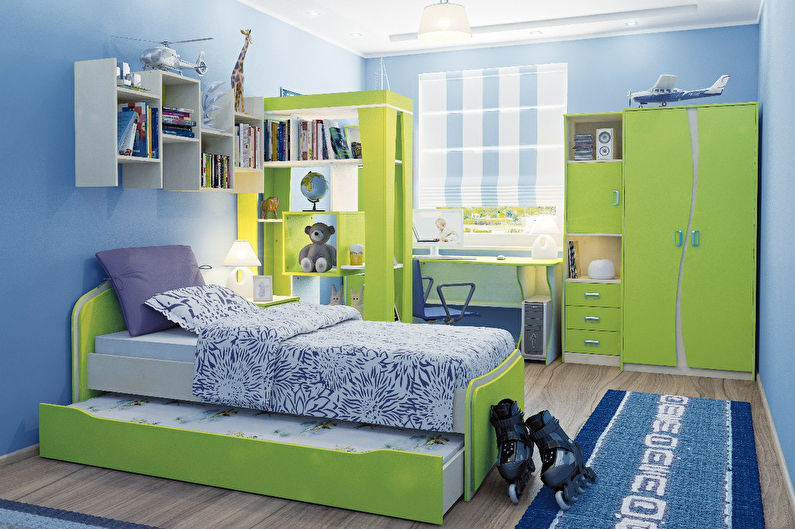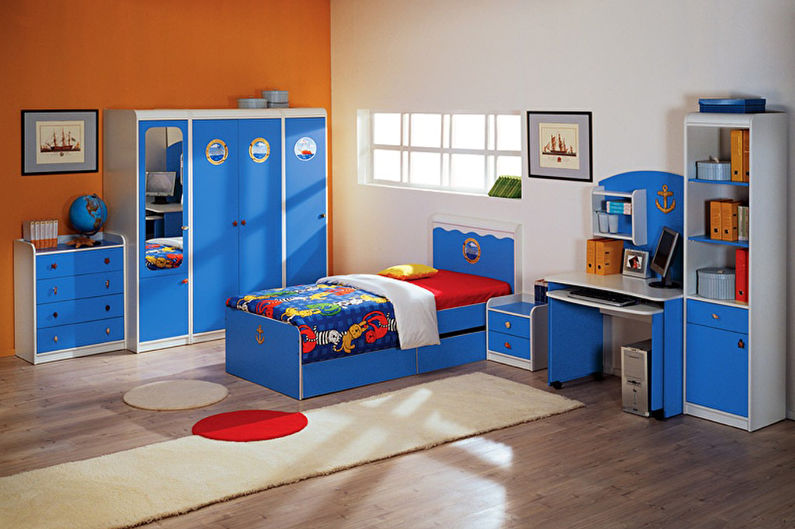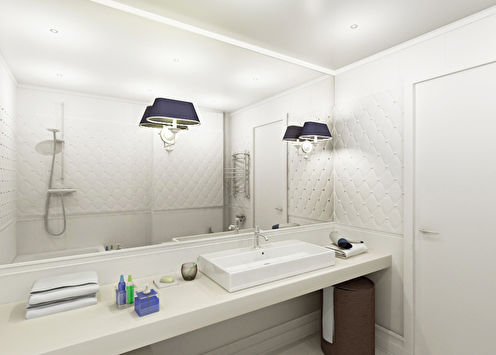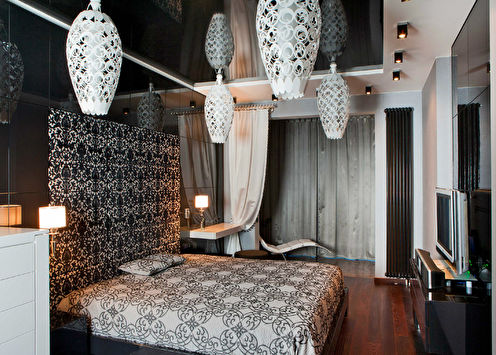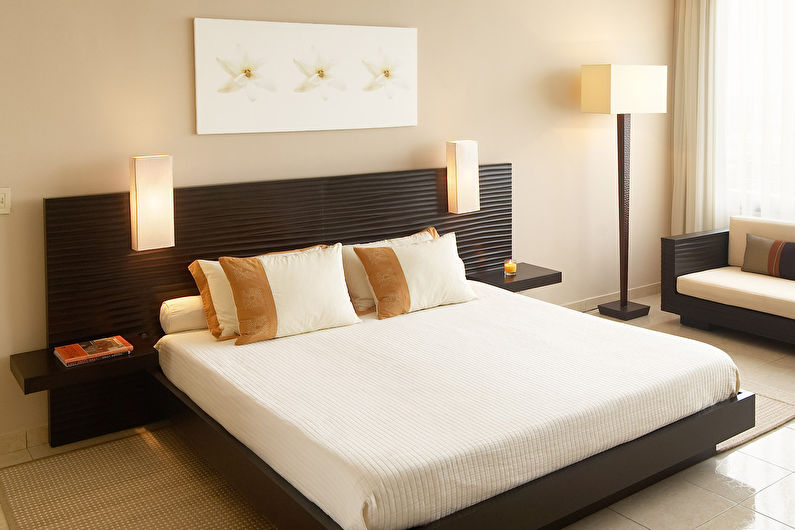
When it comes to sleep, it’s not enough just to pick up a high-quality wooden bed, put an elastic mattress, making this beauty pleasant to the touch with bedding. It is important that vacationers can comfortably sit on its surface so that their legs do not hang down or scare a huge space. Today we’ll talk about what sizes of beds are and how to choose the perfect option among them.
Preliminary measurements
Choosing a bed, based on its size, you will have to consider several aspects at once. Let's consider each of them in order.
Room Area
There is nothing complicated with the fact that the furniture should fit into the room. First you need to allocate a place for the future bed in the bedroom and figure out whether such a location is convenient. This is especially true for small rooms, in which you have to rationally use every square meter. Having made the choice, take measurements of the allocated territory - this information will be needed in the store.
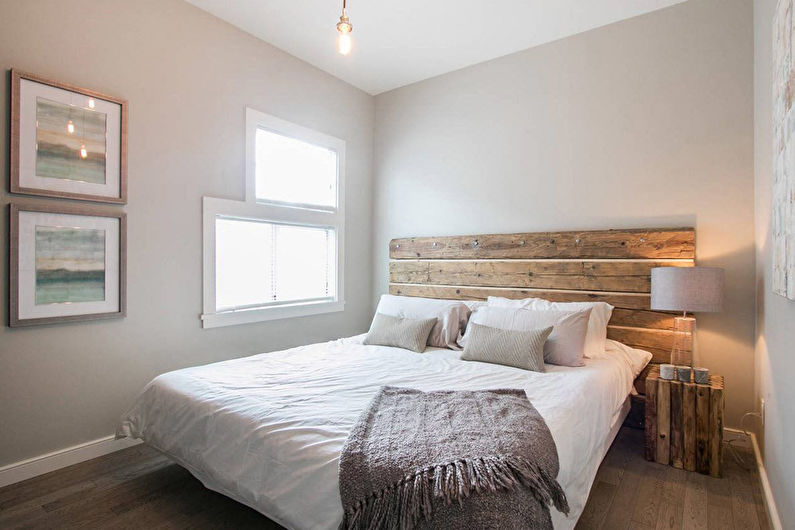
Dimensions of owners
Nevertheless, convenience is more important not in the room, but on the bed, so the next value that needs to be determined is the dimensions of the owners. The growth and volumes of a person are taken into account, spare 20-30 cm are added to them. These are the minimum parameters, given which, you can not worry about unpleasant "surprises" like hanging from the edges of the hands.
To determine the appropriate size, go straight to the store - this is more effective than any calculations. It is necessary to lie down on the bed, and hands folded so that the fingertips are in contact, and the elbows are apart. If they hang, it means that there will not be enough space on the bed when cornering.
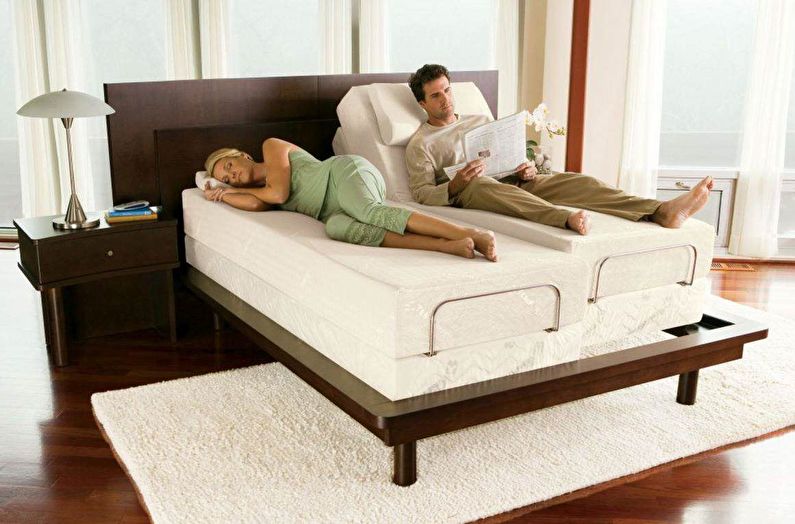
Activity during sleep
Even an ideal-sized bed is not suitable for people who are active in a dream. For example, some often change their position, others lie with their limbs spread wide. In any case, such owners need to choose wider furniture, which will provide space for uncontrolled movements, especially in pairs.

How to determine the size of the bed?
But the work with numbers does not end there. With the necessary parameters for future furniture, you can only come to the furniture maker, who will construct the ideal option. The store will have to choose among the presented assortment, paying attention to several indicators.
Different systems of measures
Mattresses and bedding are chosen after buying a bed, so that they fit the parameters perfectly. Pay attention to the manufacturer - the compatibility of the elements depends on this.
The fact is that systems of measures differ in different parts of the world. There are only two of them: English, which is used in the USA, and metric - typical for European countries. American companies indicate the size in inches, and Italian - in centimeters.
The problem is that the conversion results in inconvenient numbers. For example, a length of 80 inches and a width of 60 inches will turn into 203.2 and 152.2 cm, respectively. You are unlikely to find mattresses with such parameters.
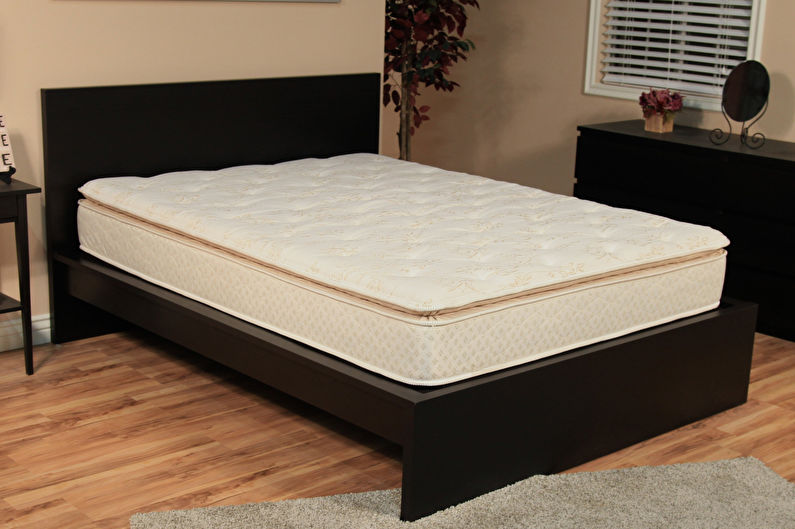
Bed height
This indicator does not greatly affect convenience, although someone close or distant from the floor can be confusing - everything is individual. In ordinary situations, height is more likely to be responsible for the aesthetic aspect, helping to fit furniture into the interior.
So, beds are most often found with such indicators: low (20-30 cm), medium (40-60 cm), high (70-90 cm).
It is clear that in a room with low ceilings, only a low or, in extreme cases, middle bed can "get along".And happy owners of spacious real estate can afford any option.
The minimalist interior is characterized by mundane furniture. But the classic one will not tolerate modesty - in this case the bed should look like a royal bed, and the height plays an important role here.
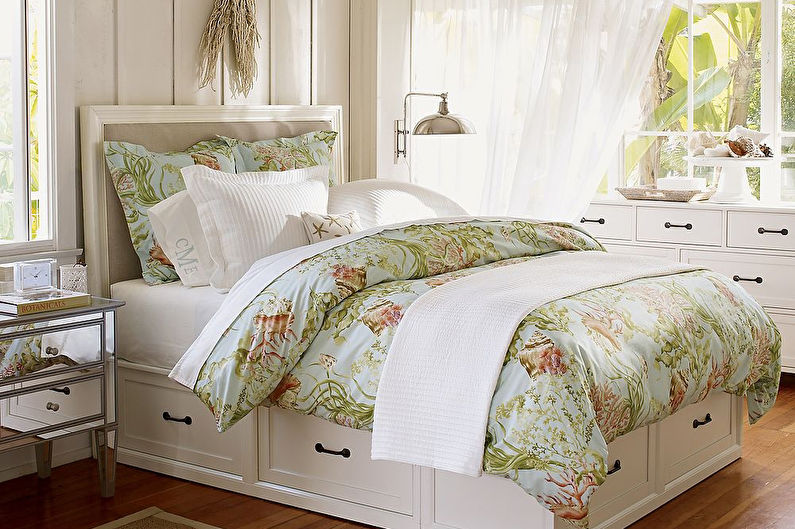
Optimal bed length
To begin with, we note that this indicator, like the width, does not apply to the frame of the product, but to the mattress. Accordingly, the size of the bed itself will be larger than these units.
To determine the appropriate length of furniture, add 30 cm to your own height. For a person with an average size, there will be quite common models - 190 and 200 cm. Much less often, manufacturers make products with a length of 195 cm.
But a tall buyer will need more space for a sound sleep. In such cases - you need to look for beds from two meters. However, you can always order a product with individual parameters, paying extra.
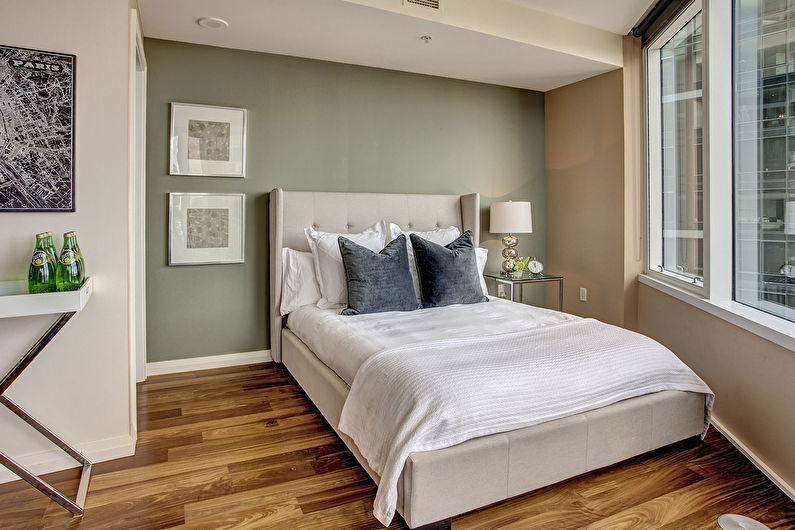
Single Bed Size
The main figure that interests us is the width of the structure. Based on this, there are three types of beds: single, one and a half and double.
It is believed that 60 cm is enough for one person to sleep comfortably. Manufacturers add 10 cm to this indicator - the minimum size of a single bed is ready. Even an adult can sleep in such a bed without feeling discomfort or lack of space during sleep. But the most comfortable option is the 90 cm model. In this case, the standard sizes of a single bed in Europe are slightly larger and amount to 90-100 cm.
Compact medium and large beds often come with drawers built under the frame for storing bedding. Such models are often made in the form of a folding chair or a coupe bed, which saves space in small rooms.
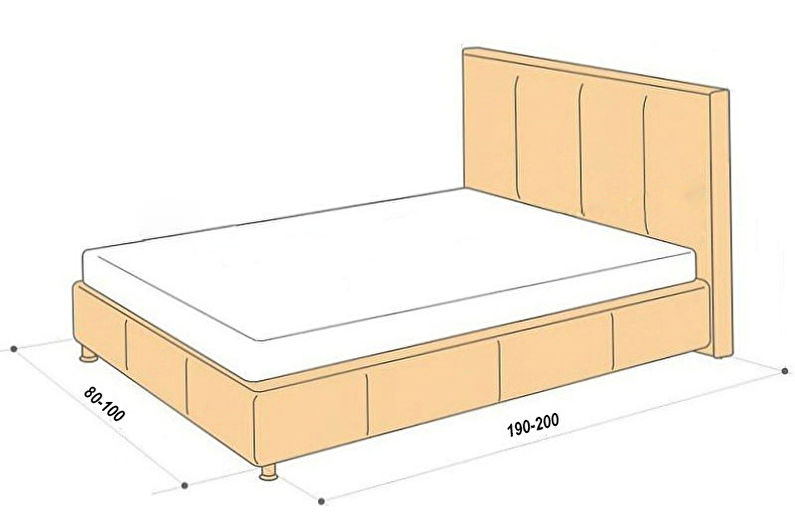
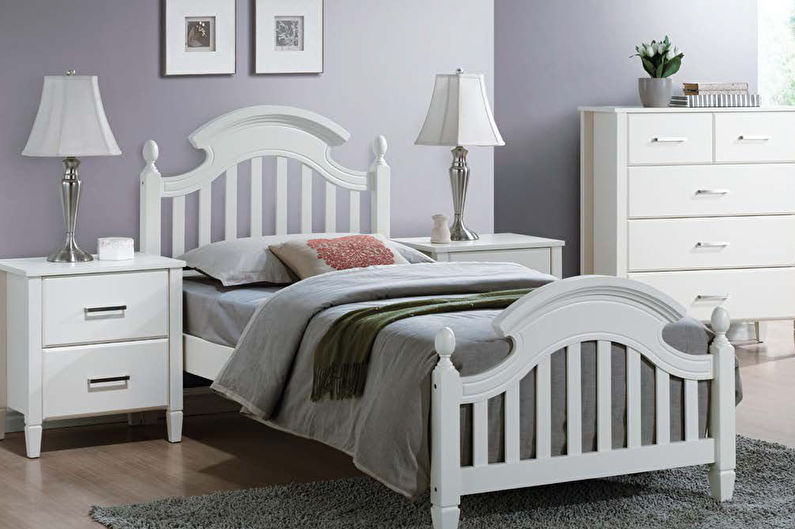

One and a half bed sizes
These beds are a bit of an intermediate option between a single and a double. It’s not enough to sleep freely together, but it’s already a bit much for one person.
The width of one and a half beds varies from 120 to 160 cm, but only with the upper indicator it will fit an adult couple who wants to save the area in a small bedroom.
"One and a half" - an excellent solution for people with active sleep or large size. But a married couple with the same problems is better to pay attention to double views.
Note that, again, the domestic standard differs from that adopted abroad. One and a half beds are considered to be those that are more than 140 cm.

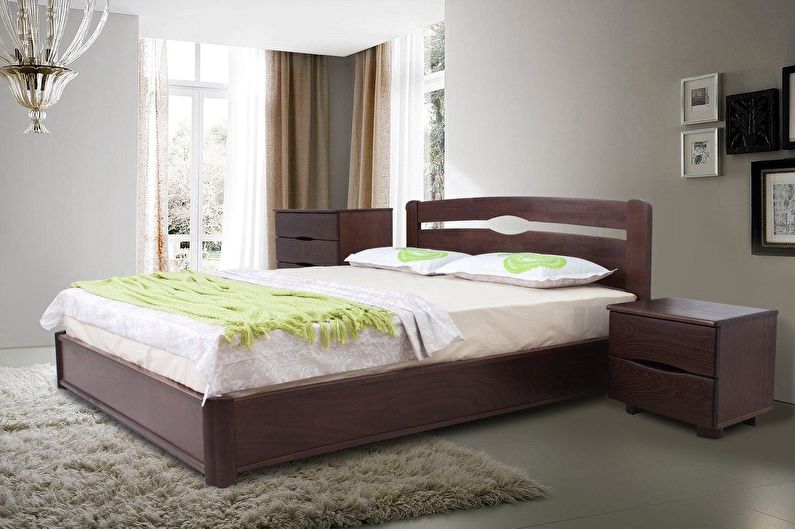
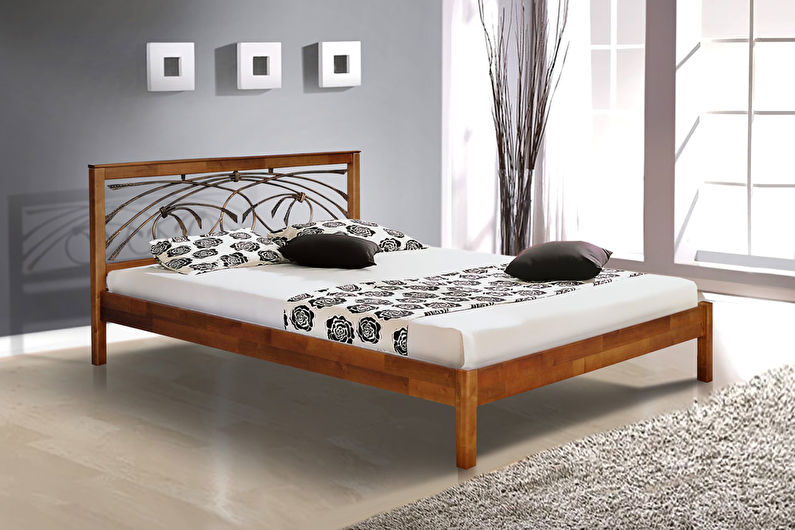
Sizes of a double bed
The border between the previous and this view is rather arbitrary: the maximum width of one and a half beds coincides with the minimum double. Starting from 160 cm, designs for several people do not have a clear upper boundary, although those that go more than two meters are rarely found on sale.
But Europeans, apparently, love luxury and spaciousness, so they produce double beds with a width of 180 cm to 200 cm, which are called "royal".
Curiously, it is the double beds that can vary in shape. In addition to the standard rectangular ones, they are square, oval and even round. The latter look looks especially luxurious in a spacious bedroom, while possessing the largest possible sizes.
It should be borne in mind that it is possible to place a bed 200 cm wide in the room only if the wall behind the bed is more than 3.5 m, since there must be at least 70 cm passages on both sides of the furniture
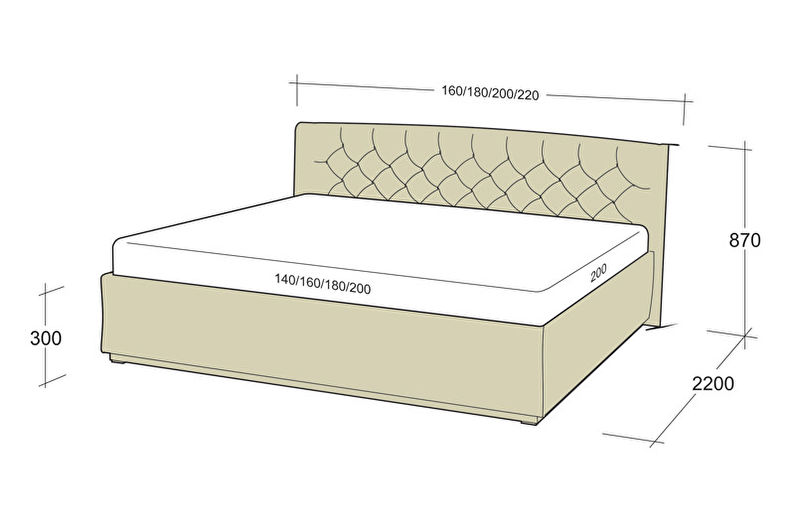
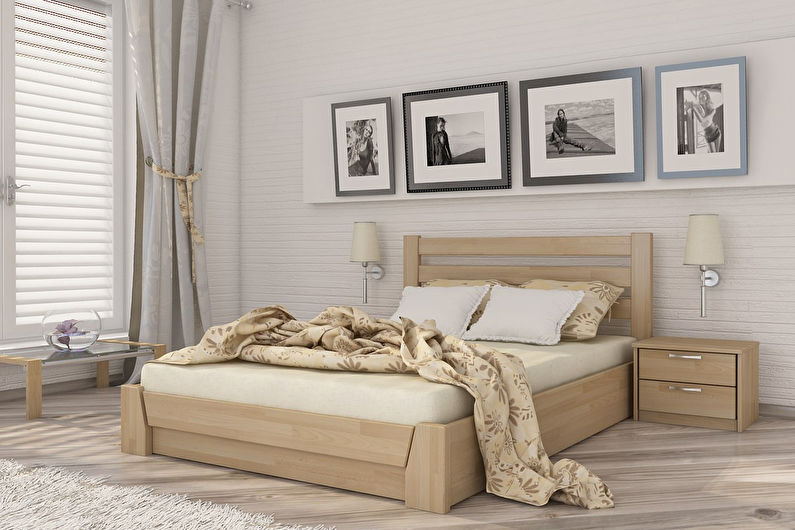
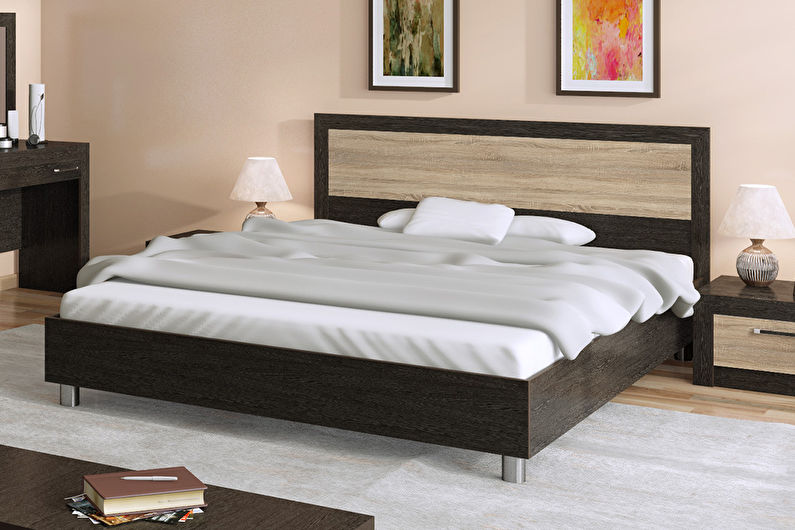
Children's models
Caring parents may encounter certain difficulties in choosing a bed for the child. Children grow up very quickly, and therefore the space for rest should increase in proportion to their growth. Of course, you can think ahead and buy a model of standard sizes - anyway, the child will someday grow up. But this option is not suitable for everyone.Insightful manufacturers offer products in several categories with different proportions:
1. Beds for newborns and preschoolers - dimensions 120 cm x 60 cm.
2. Models for schoolchildren - dimensions 160 cm x 80 cm.
3. Teenage beds - dimensions 180 cm x 90 cm.
All presented models are very arbitrary due to the uneven growth of children. At the same time, it is important for a growing child that there should be a lot of space to avoid falls when moving.
